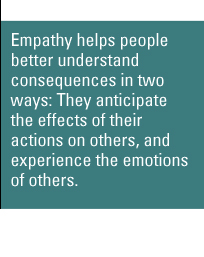
Typically designers work for, not with, an organization to find solutions. What can I provide as a single designer helping a small community based non-profit?
How does the designer/community relationship change when a designer's observations, as media, are reflected back to the organization?
How can I give a voice to something or someone that doesn't have one?
How can media be a useful tool to reflect an organization's process to itself?
Can single designers embed themselves within a group and use their skills of observation to bring about new perceptions?
What tools can be given to designers to better understand the present social and human condition of the non-profit and the people with whom they interact?
When the role of the designer is not neutral, do you introducing new possibilities when imposing your individual point of view?
If a designer imposes their own values on an experience then how will this
effect the designer/client relationship?
No organization is the same. How can a methodology be developed
to allow room for adaptation?
If research is an end to itself, will the exchange of ideas be more helpful then the artifacts?
No design research project would be worthwhile without a case study to test assumptions, questions, and to gain insight. The questions that a design research project are approached with are very important because they frame how to start the projects investigations and research. When I first started working with the rescue group my investigation had one main question: Designers typically work FOR not WITH a organization to find solutions. What can I provide as one designer helping a small community volunteer based non-profit? Usually the client is responsible for the content, subject matter, and point of view for a project. The designers role is the make their clients vision come to life. For the Media for Advocacy project I aimed to change the standard client/designer relationship and focus on collecting my own content and observations, then give the data back to the organization for review and reflection. I wanted to test working with them to find solutions to their issues and not just provide answers based on what they thought they needed.
The content that I collected and shared with the volunteers uncovered and exposed things that in turn generated questions for them. My responsibility was to edit the still image and video that had been documented and package it into a deliverable to share. The responses from the shared documentation and questions that it brought up varied. Probably the most interesting finding was that being given the opportunity to see themselves from the outside looking in through the media documentation was a source of inspiration. It gave them a sense of pride in their volunteer work and a reminder of why they love doing it. One volunteer said it best, "We do this work every single day without having the time to sit back and really absorb the impact. We're too busy trying to save the next life or clean up the next mess made by an irresponsible pet owner. To have the opportunity to see the work we do from the outside looking in, for the very first time, is emotionally overwhelming. It makes me proud of the team I represent."
|




